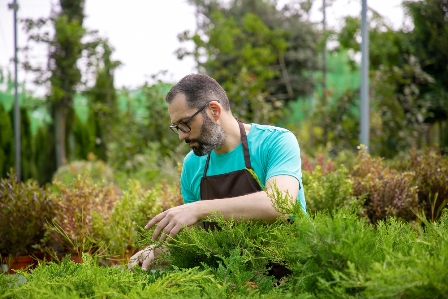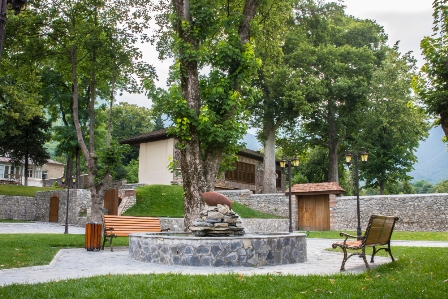Landscaping can transform your outdoor space into a lush, inviting paradise. However, it’s not without its challenges. To ensure your garden thrives, you need to avoid common pitfalls. In this article, we’ll explore landscaping mistakes to avoid, providing you with valuable insights to help you create the garden of your dreams.
Neglecting Proper Planning
Before you dig the first hole or plant the first shrub, planning is essential. Many landscaping projects fail due to a lack of planning. Start by sketching your garden’s layout and consider factors like sunlight, soil type, and drainage.
Ignoring Maintenance Needs
A beautiful garden isn’t a one-time effort. Ignoring maintenance can lead to overgrown, unruly landscapes. Regularly prune, weed, and care for your plants to keep your garden in top shape.
Choosing the Wrong Plants
Selecting the right plants for your garden is crucial. Avoid choosing species that are incompatible with your climate or soil conditions. Research and consult with local nurseries for expert advice.
Neglecting Soil Quality
Soil forms the foundation of your garden. Failing to test and improve your soil’s quality can hinder plant growth. Consider soil testing and amendments to ensure your garden thrives.
Overcrowding Plants
While it’s tempting to fill every inch of your garden with plants, overcrowding can lead to competition for resources. Give your plants space to grow and flourish.
Poor Watering Practices
Overwatering or underwatering can harm your plants. Learn the specific water requirements of each plant and set up a proper irrigation system.
Lack of Hardscaping
A well-balanced garden includes both softscaping (plants) and hardscaping (structures and pathways). Neglecting hardscaping can make your garden feel incomplete.
Not Considering Future Growth
Plants grow, and your garden needs to accommodate their future size. Plan for growth to prevent overcrowding and the need for constant rearrangement.
Disregarding Local Wildlife
Consider local wildlife when planning your garden. Attract beneficial insects and birds while deterring pests to maintain a healthy ecosystem.
Choosing the Wrong Focal Point
A focal point adds visual interest to your garden. Avoid choosing a focal point that clashes with the rest of your design.
Ignoring Seasonal Changes
Your garden should look appealing year-round. Plan for seasonal changes with plants that bloom and thrive in different seasons.
Skipping Professional Help
Landscaping can be complex, and DIY projects may not be suitable for everyone. Consulting with a professional landscaper can save you time, money, and frustration.
FAQs
Research the plants that thrive in your climate and soil conditions. Local nurseries can provide valuable recommendations.
Watering frequency varies depending on the plants and climate. It’s best to research the specific water needs of your garden’s inhabitants.
Signs of poor soil quality include slow plant growth, water runoff, and soil that compacts easily.
Hardscaping provides structure and balance in your garden, enhancing its overall appeal.
Planting native species and providing food, water, and shelter can attract beneficial insects and birds.
If your landscaping project is complex or beyond your expertise, it’s a good idea to seek professional help.
Conclusion
By learning from the pros and avoiding these common landscaping mistakes, you can create a garden that’s not only beautiful but also sustainable and easy to maintain. Remember to plan, choose the right plants, and provide the care your garden deserves. With these insights, your outdoor oasis will flourish.





